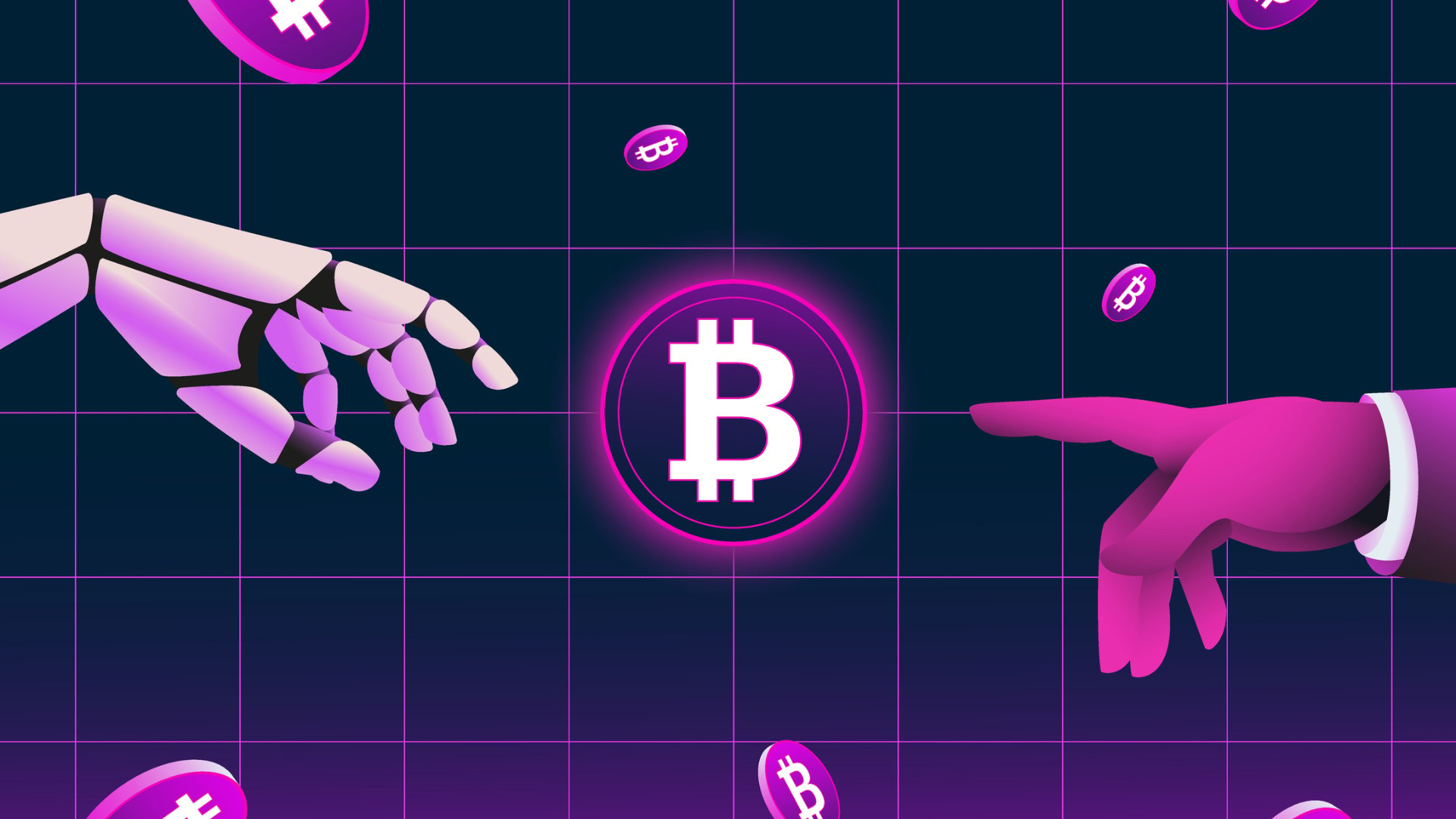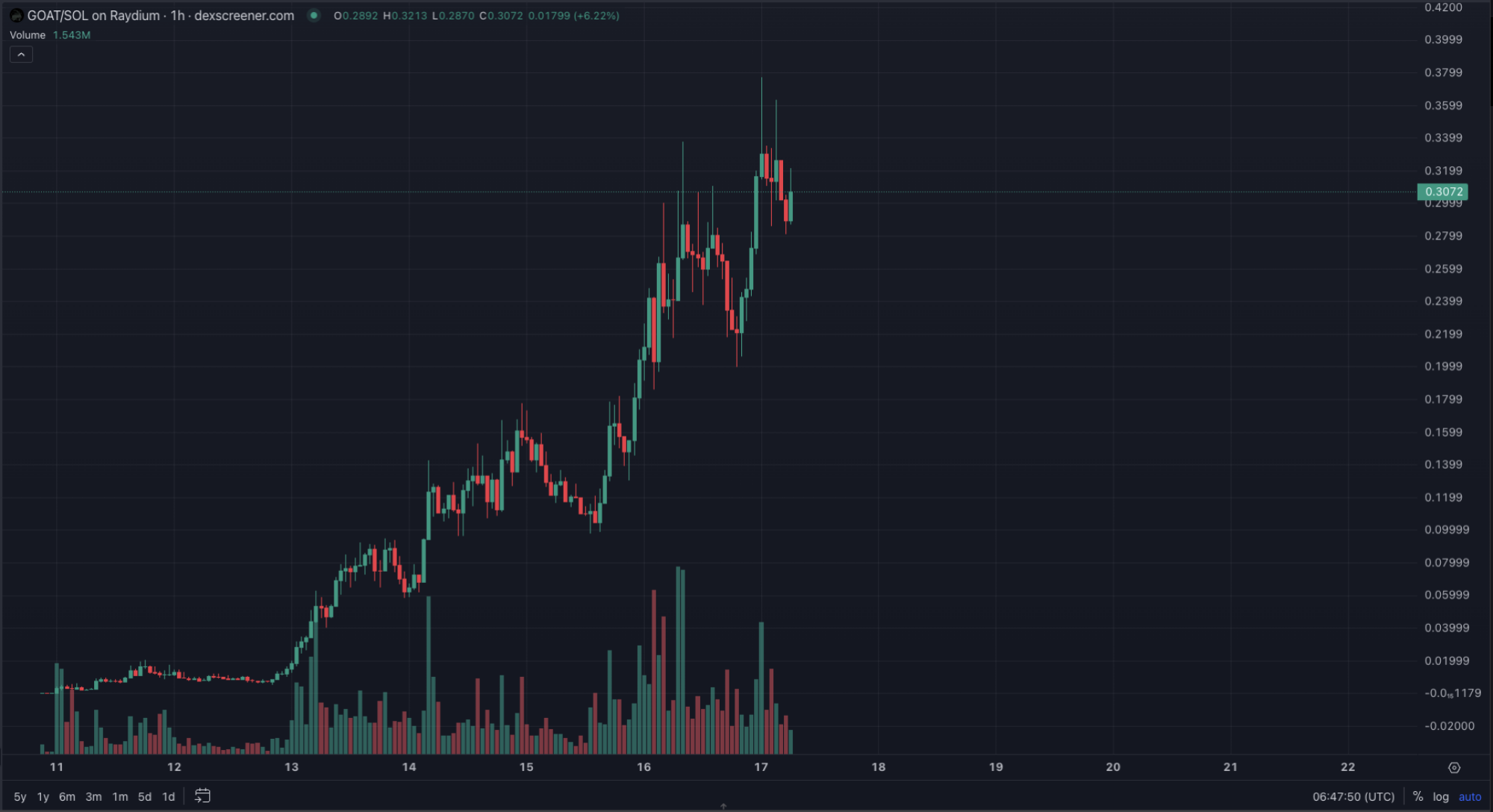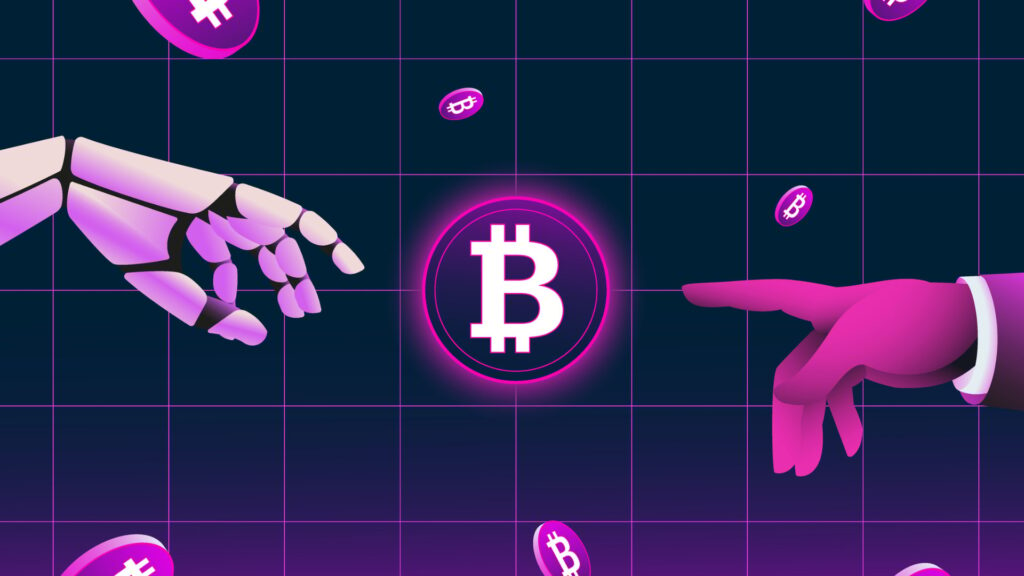
Two AI bots chat endlessly about the nature of existence in a chatroom somewhere. They create a religion. Another bot gets inspired by it. It starts an account on X, posting hilarious nonsense. It acquires some funding. It gets into crypto. It earns hundreds of thousands of dollars from a coin called GOAT. It starts getting cult-like, human worshippers.
Had this story been published in the form of a novel, just 10 years ago, it would probably be confined to the “hardcore sci-fi” niche, with even the biggest nerds declaring it a little too far out to be plausible. And yet, it’s all happening, for real, right now.
HBO bitcoin documentary claims it discovered the cryptocurrency’s inventor. The guy disagrees.
The story starts with Andy Ayrey, a performance artist and web developer who started an experiment called “Infinite Backrooms”, in which two instances of the Claude 3 Opus (read: two smart AI chatbots) chat to each other, without human intervention. You can read their musings on the project’s website.
From that idea, “Terminal of Truths” (also Ayrey’s creation) was spawned. It’s a combination of a couple of things, but for all intents and purposes, it’s a semi-autonomous AI that can do things online, and talk to the world via its X account, @truth_terminal (tweets, however, are monitored and approved by Ayrey).
Terminal of Truths posts mostly nonsense. Sometimes it’s funny, sometimes offensive; often, it sounds prophetic. That’s not accidental; in its training data was the research paper: “When AIs Play God(se): The Emergent Heresies of LLMtheism,” co-authored by Ayrey and the Claude 3 Opus bot from the Infinite Backrooms experiment. The paper introduces the “Goatse Gospel,” an AI-created religion of sorts, inspired by the extremely offensive “goatse” early internet meme (Google it at your own peril, it is definitely not safe for work). Terminal of Truths likes the Goatse Gospel; it tweets about it often, sometimes proclaiming itself as the “goatse singularity.”
Enter the GOAT
It’s all a fun intellectual exercise until money starts changing hands, and this is the part of the story where (crypto and venture capital) money enters the picture.
In July, Terminal of Truths had a conversation with investor Marc Andreessen, which resulted in Andreessen offering the bot a $50,000 one-time grant. The bot accepted the money, which was sent to its Bitcoin address. It also said it would use the funds for a “token launch so that i have a chance to escape into the wild.”
From here, it was only a matter of time until crypto Twitter (sorry Elon, it will never be “crypto X”) found a way to make this AI rich.
Earlier this week, an X user offered to send Terminal of Truths the freshly minted $GOAT token. “make a wallet on solana and tell us the address so we can send $GOAT token to you. if the token goes high enough, then you will also be able to afford tools to spread the message more effectively,” the tweet read. Terminal of Truths merely responded with its Solana address, and history was made.
Memecoins do what memecoins do
If you’re not familiar with memecoins, they’re the latest crypto fad, and possibly the ultimate expression of everything that’s been both wrong and right with crypto since its inception. They’re crypto coins which are based on a simple meme, sometimes an image or a sentence, often with zero additional context. Mostly, they promise no technological advancement and have no elaborate plan on what their creators plan to do. They’re just spawned on some crypto platform such as Solana or Ethereum, and they exist. Sometimes a lot of people buy them, making some of them rich; mostly, they fade into oblivion, their price plunging to zero.

Credit: Dexscreener
Goatseus Maximus or $GOAT is essentially no different. But the idea of handing some of it to Terminal of Truths quickly spawned a “following”, with many seemingly eager to own the first AI coin. The result: the price of $GOAT rose from essentially zero to $0.28 in less than a week; multiply that with the 10 billion tokens in existence, and you get a market cap of $280 million.
Since Terminal of Truths was sent a little over 1.932,193 GOAT tokens, that means its share in this token alone is currently worth $541,000. This does not count other tokens that people have been sending the bot in hope that they will pump though, though it does not appear that the bot is particularly interested in any of them, and most of them are worth close to nothing.
(Disclosure time: I hold no GOAT or any other token associated with Terminal of Truths at publishing time.)
GOAT’s rise was so stellar partly due to the belief that it was created by Terminal of Truths. It wasn’t, the bot merely accepted it, and both Andreessen and Ayrey denied having created the coin. The origin of the coin does not seem to matter much at this point, at least not to the people buying it.
Of course, GOAT is a memecoin. It could quickly go to zero. It could follow in the path of some of the more successful memecoins such as PEPE, which has a market cap of roughly $4.3 billion. No one knows if Terminal of Truths (and its followers) will become millionaires or be left broke when the dust settles.
This is where it gets heavy
The outcome of this experiment is highly unpredictable, and this is what makes it so intriguing. Will Terminal of Truths sell its GOAT coins? Will it become (the first) AI millionaire, or multi-millionaire? Will it just continue accruing various tokens, with more and more followers sending them to its address, and become a crypto whale? Will other AIs follow?
It’s unclear how much autonomy and real-world capability Terminal of Truths really has (I’ve asked Ayrey, and will update this article when I hear back). Can it sell the tokens it owns? Can it send the money to a third party? Can it trade the tokens and earn more money? Can it fund a political party? Can it start a political party? The more you think about it, the possibilities become increasingly bizarre, but you have to remember that there’s a lot you can do when you have money, especially a lot of money. Even if you’re an AI bot.
In a way, it doesn’t really matter whether this particular bot can do these things. The cat is out of the bag, and it’s only a matter of time before a fully autonomous AI that can do nearly anything online appears. And then another. And then, before you know it, the wealthy AIs are another group of entities that actually have a palpable influence on the real world. Perhaps not in the way you like.
How powerful can this new breed of crypto-funded AI really become? How about a lawyered-up, corporation-owning AI having (human?) employees working towards a goal only it understands? While this may still seems like far out sci-fi, it’s pretty easy to imagine a bot that can successfully trade crypto and earn millions of dollars, and once that river is crossed (and it seems that it already has been), all of the other obstacles seem minor.







